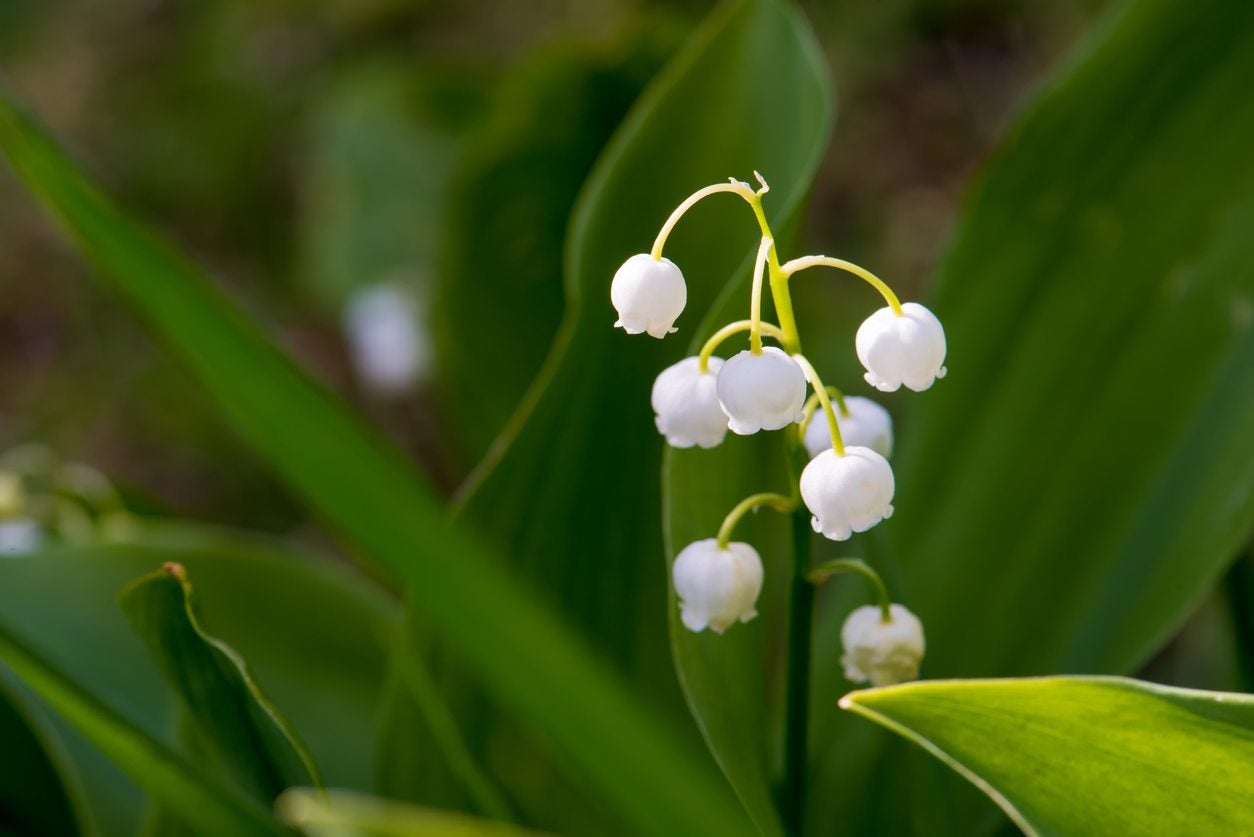Is Lily Of The Valley Poisonous : Understanding Lily Of The Valley Toxicity
Delicate lily of the valley is highly toxic for children and pets.


Few spring flowers are as charming as the nodding, fragrant lily of the valley. These woodland flowers are native to Eurasia but have become very popular landscape plants in North America and many other regions.
However, behind their cute exterior and pleasant scent lies a potential villain. Is lily of the valley safe for gardens?
Lily of the valley toxicity makes it unsafe to have around children and pets. The plant is so dangerous that ingestion could result in a trip to the emergency room, or in rare cases, death.
Is Lily of the Valley Safe for Gardens?
Sometimes the smallest organisms pack the biggest wallop. This is the case with lily of the valley.
Is lily of the valley poisonous? All parts of the plant are considered potentially toxic. The plant contains over 30 cardiac glycosides, many of which inhibit the heart's pumping activity.
Children and domestic pets are most commonly affected, but even a large adult can be felled by the toxins. In a home landscape where there are no children or pets, lily of the valley is probably safe. However, once you add little ones, cats and inquisitive dogs to the equation, the potential for danger increases.
It doesn't matter if only the flowers are eaten or if the entire stem or roots are consumed. The toxins' ill effects are introduced primarily gastronomically, although there are also contact dermatitis reports. The most common effects are stomach ache, blurred vision, slow and irregular pulse, and in severe cases, seizures, vomiting and diarrhea, heart arrhythmia, and even death.
Sign up for the Gardening Know How newsletter today and receive a free copy of our e-book "How to Grow Delicious Tomatoes".
Lily of the valley toxicity is severe and difficult to treat. A rapid trip to the hospital is required even in cases of suspected ingestion.
Toxicity of Lily of the Valley
Lily of the valley can be fatal if ingested, especially to children.
The plants' cardiac glycosides create an effect much like exposure to that of Digitalis, found in foxglove. The plant is classified as a "1" on the poison scale, which means it has major toxicity that can lead to death. It is also a "3" due to its often severe dermatitis.
Convallatoxin and convallamarin are two of the main toxic glycosides in lily of the valley, but there are numerous others as well as saponins, which have not been well researched and whose method of action are not fully understood. The overwhelming effect is one of a cardiac episode.
Experts recommend calling 911 and a Poison Control Center if any part of the plant is ingested.
Note: As little as two leaves of the plant can be a fatal dose in young children and pets. If this plant is present in your landscape, it is wise to remove it. This can help prevent any accidents with lily of the valley poisoning and keep the garden safe for everyone.

Bonnie Grant is a professional landscaper with a Certification in Urban Gardening. She has been gardening and writing for 15 years. A former professional chef, she has a passion for edible landscaping.